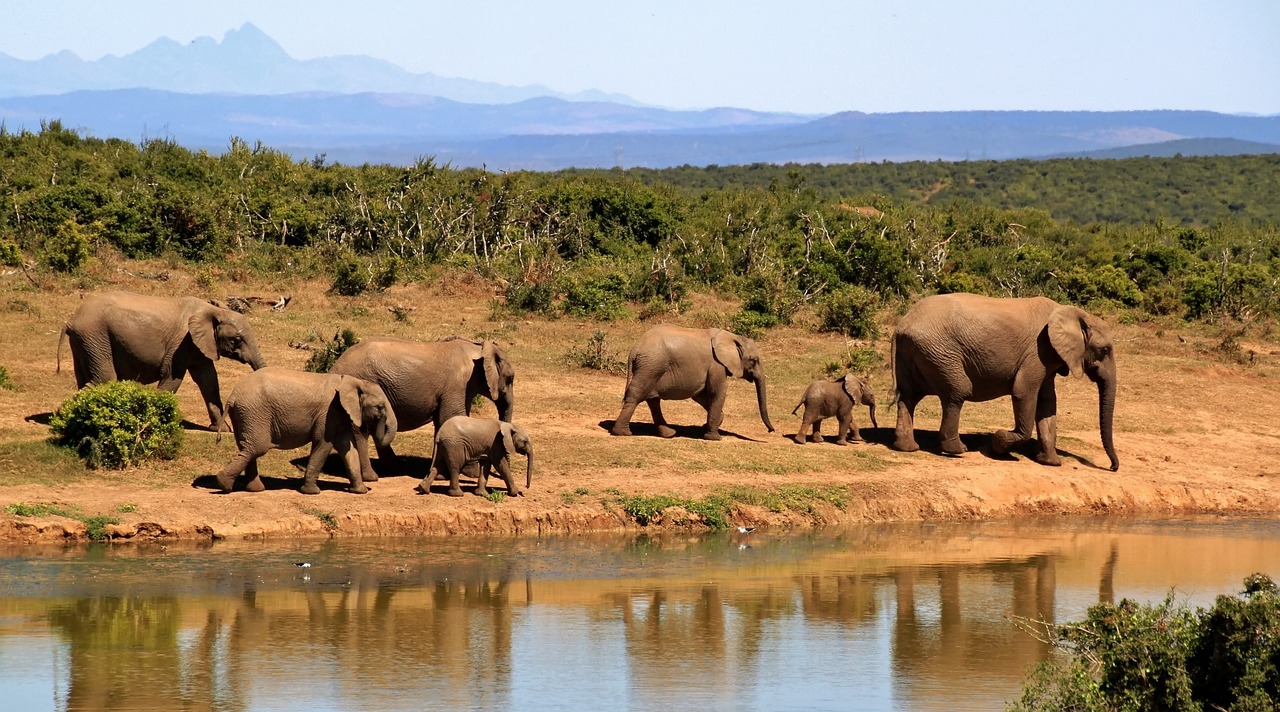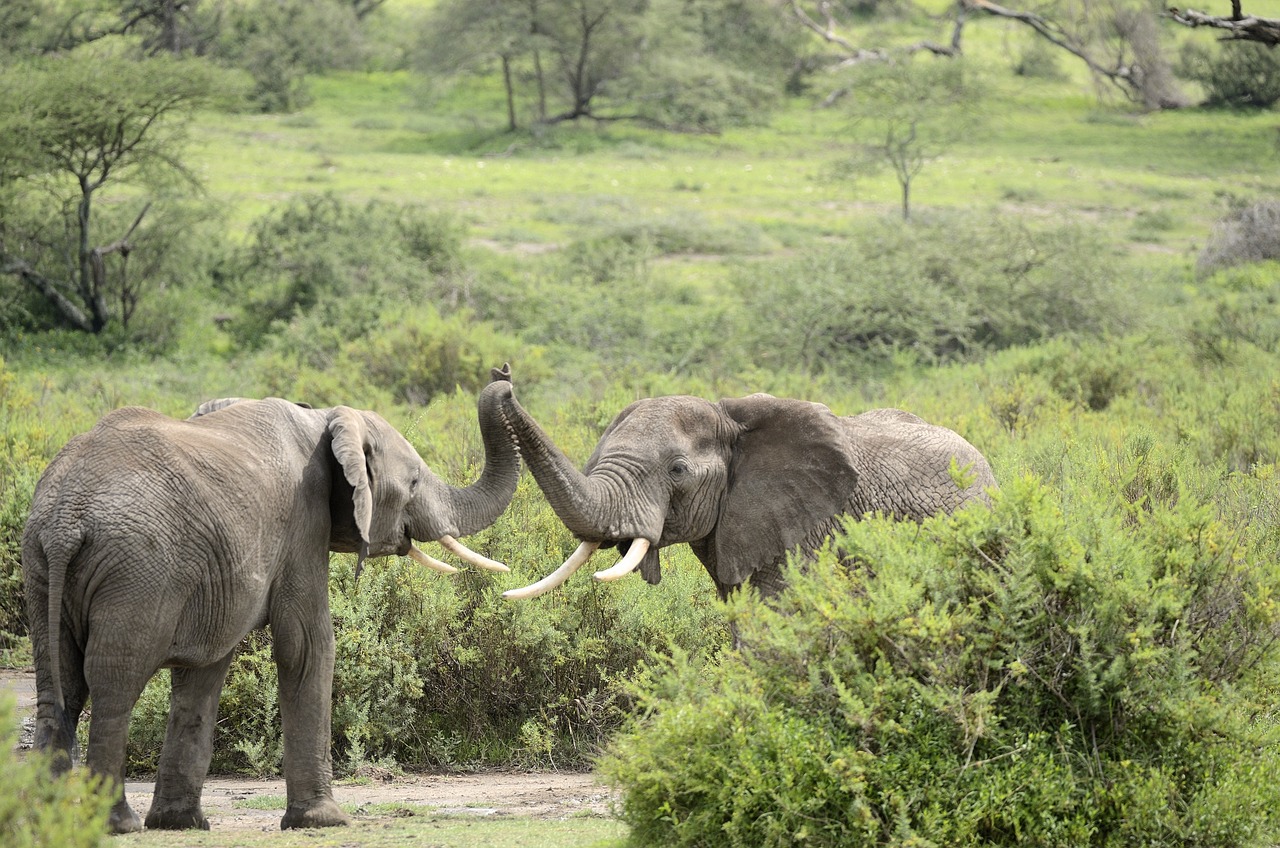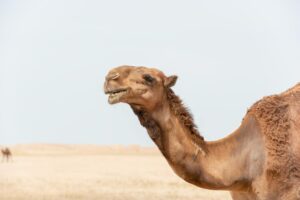The series of endangered animals 1:Elephants

Endangered animals are species that are at risk of becoming extinct in the near future. This can be due to various factors such as habitat loss, poaching, climate change, and pollution. It is important to raise awareness about endangered animals and take steps to protect and conserve their habitats.
One of the animals on the way to extinction is the elephant. There are two main species of elephants: the African elephant and the Asian elephant. Both species are facing significant threats to their survival.
African elephants are primarily threatened by poaching for their ivory tusks. Despite international bans on ivory trade, illegal poaching continues to be a major problem. The loss of habitat due to human encroachment and deforestation is also a significant threat to their population.
Asian elephants are also facing similar challenges. They are hunted for their ivory and other body parts, and their habitats are being destroyed for agriculture and urban development. Additionally, conflicts between elephants and humans are increasing as their natural habitats shrink.
Conservation efforts are being made to protect elephants and their habitats. These include anti-poaching initiatives, habitat conservation projects, and raising awareness about the importance of elephant conservation. International organizations, governments, and local communities are working together to ensure the survival of these magnificent creatures.
Elephant diet
Elephants are herbivorous animals, which means they primarily eat plants. Their diet consists mainly of grasses, leaves, bark, fruits, and roots. They are known to have a voracious appetite and can consume large quantities of food in a day. An adult elephant can eat up to 300 pounds (136 kilograms) of food per day.
Elephants have a unique digestive system that allows them to extract nutrients from tough plant material. They have large molars and a complex set of teeth that continuously grow and are replaced throughout their lifetime. This enables them to grind and break down the tough vegetation they consume.

Propulsion at elephants.
In terms of reproduction, elephants have a relatively long gestation period of about 22 months, which is the longest among land mammals. Female elephants, called cows, typically give birth to a single calf. The newborn calf weighs around 200 pounds (90 kilograms) and can stand and walk shortly after birth.
Elephants have a strong social structure, and the females play a crucial role in raising the young. The calves are nursed by their mothers and stay with the herd for several years, learning from the older elephants. Male elephants, called bulls, usually leave the herd when they reach sexual maturity.
The reproductive rate of elephants is relatively slow, which makes their population vulnerable to decline. It takes several years for a female elephant to reach reproductive age, and they have relatively low birth rates. This, combined with the threats they face.
Government action to preserve elephants from extinction:
Governments around the world have recognized the importance of protecting elephants and have implemented various measures to prevent their extinction. Here are some ways governments are working to conserve elephants:
- Anti-Poaching Efforts: Governments are investing in anti-poaching initiatives to combat the illegal hunting and trade of elephant ivory. This includes increasing patrols in protected areas, using technology such as drones and GPS tracking to monitor elephant populations, and strengthening law enforcement to apprehend poachers and traffickers.
- Habitat Conservation: Governments are establishing and expanding protected areas and national parks to safeguard elephant habitats. These protected areas provide a safe haven for elephants and other wildlife, ensuring they have sufficient space, food, and water to thrive.
- International Agreements and Bans: Governments have joined international agreements and conventions, such as the Convention on International Trade in Endangered Species of Wild Fauna and Flora (CITES), to regulate and control the trade of elephant products. Many countries have also implemented domestic bans on ivory trade to reduce demand and discourage poaching.
- Community Engagement: Governments are involving local communities in conservation efforts by providing incentives for their participation, such as employment opportunities in eco-tourism or community-based conservation projects. Engaging local communities helps to reduce human-elephant conflicts and gain support for conservation initiatives.
- Research and Monitoring: Governments fund research projects to gather data on elephant populations, behavior, and migration patterns. This information helps in developing effective conservation strategies and monitoring the success of conservation efforts.
- International Cooperation: Governments collaborate with international organizations, such as the International Union for Conservation of Nature (IUCN) and non-governmental organizations (NGOs), to share knowledge, resources, and expertise in elephant conservation. This collaboration strengthens conservation efforts on a global scale.

And finally it is important for governments to continue their efforts and allocate sufficient resources to protect elephants and their habitats. Public awareness and education campaigns are also crucial to promote the importance of elephant conservation and encourage individuals to take action to support these efforts.




